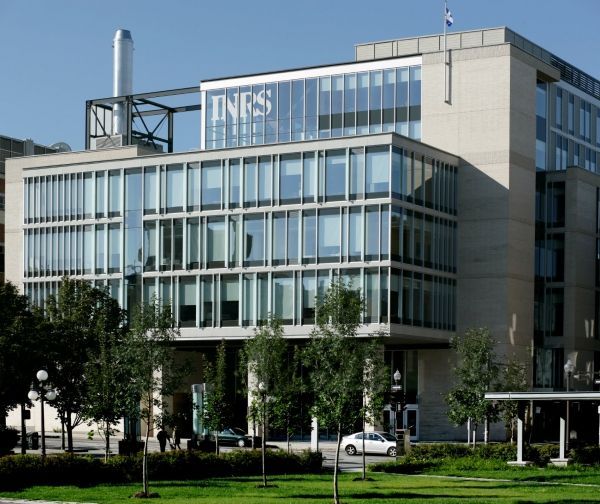Pesticides, pharmaceutical products, and endocrine disruptors are some of the emerging contaminants often found in treated domestic wastewater, even after secondary treatment. Professor Patrick Drogui of the Institut national de la recherche scientifique (INRS) and his team have tested the effectiveness of a tertiary treatment process using electricity in partnership with the European Membrane Institute in Montpellier (IEM) and Université Paris-Est.
The advanced electro-oxidation process (EOA)uses two electrodes to break down non-biodegradable pollutants that remain after biological treatment. Electric current is passed through the electrodes, generating hydroxide radicals (·OH),which attack the refractory molecules. The primary advantage of this method is that it does not require any chemicals to be added to the water.
“EOA processes are revolutionary in the field of wastewater treatment. It’s pioneering technology for treating wastewater contaminated by refractory pollutants such as pharmaceutical wastes,” said Professor Patrick Drogui, co-author of the study published on June 18 in the prestigious journal Science of the Total Environment.
Read more at Institut National De La Recherche Scientifique
Photo: Institut National De La Recherche Scientifique. CREDIT: Hélène Simard


